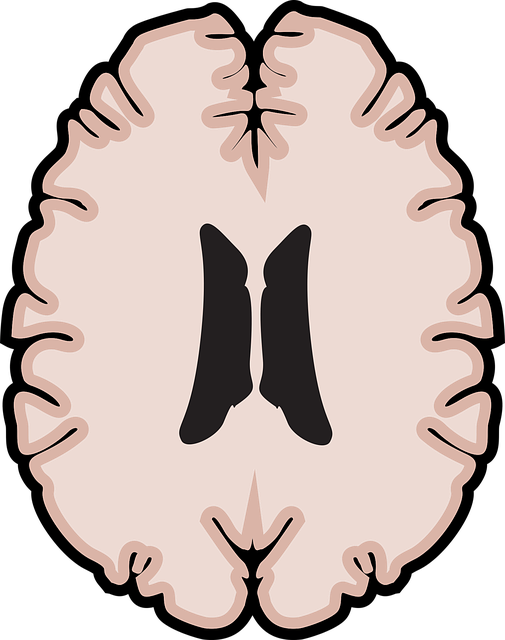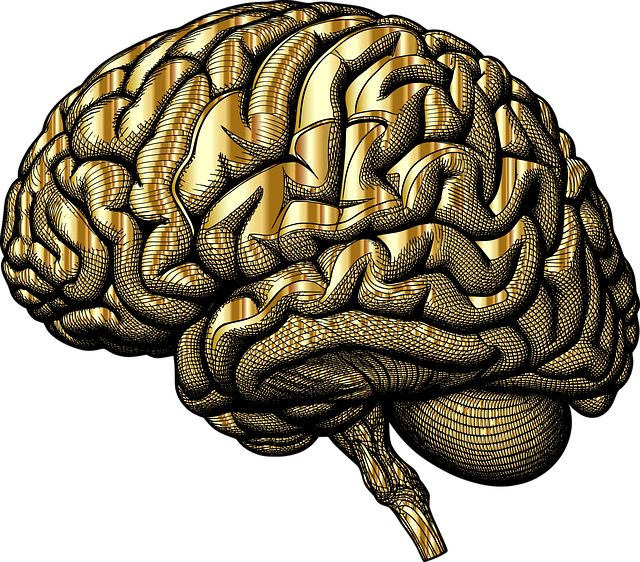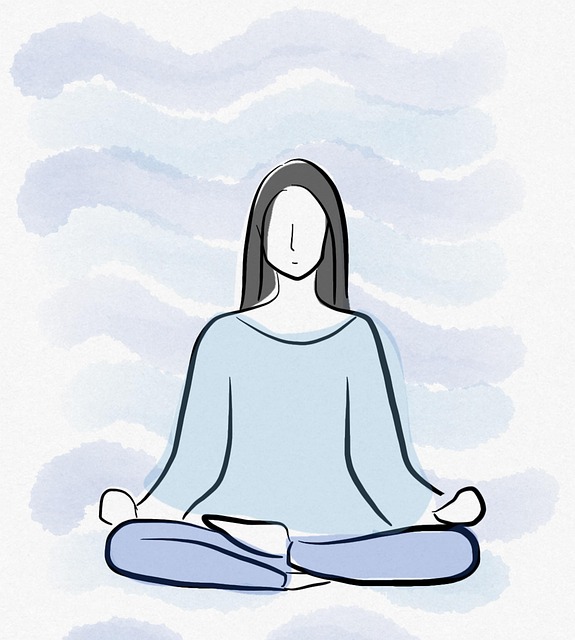Mindfulness meditation proves effective for managing Castle Rock Panic Disorder and Anxiety Attacks Therapy, offering a present-moment focus that cultivates self-awareness and reduces symptoms. Scientific research supports its benefits in various mental health conditions. By preparing a calm environment, integrating conflict resolution techniques, and incorporating techniques like breath focus and body scan exercises, mindfulness can be accessible and transformative for healthcare providers under pressure. Integrating mindfulness into daily routines complements meditation practice, fostering resilience and emotional regulation to navigate stress and difficult emotions more effectively.
Discover the transformative power of mindfulness meditation with our comprehensive guide. Learn how this ancient practice can be a powerful tool in managing anxiety, particularly for those dealing with Castle Rock panic disorder and anxiety attacks. From understanding its benefits to mastering techniques, we’ll walk you through setting up your own peaceful sanctuary. Explore practical exercises to integrate mindfulness into daily life, fostering a sense of calm and improving overall well-being.
- Understanding Mindfulness Meditation and Its Benefits for Anxiety
- Identifying and Preparing for Practice: Setting the Stage
- Techniques and Exercises for Effective Mindful Meditation
- Integrating Mindfulness into Daily Life: Sustaining and Enhancing Practice
Understanding Mindfulness Meditation and Its Benefits for Anxiety

Mindfulness meditation is a powerful tool that has gained significant attention in recent years due to its profound impact on managing anxiety and related disorders. It involves focusing one’s awareness on the present moment, non-judgmentally, thereby cultivating a deeper understanding of thoughts, emotions, and bodily sensations. This practice has been scientifically proven to reduce symptoms associated with various mental health conditions, including Castle Rock Panic Disorder and Anxiety Attacks Therapy.
By engaging in regular mindfulness meditation, individuals can develop a stronger sense of self-awareness, which is crucial for effective risk management planning in mental health professionals. It aids in recognizing and managing stress, a key factor in many anxiety disorders. Moreover, integrating mindfulness into one’s self-care routine can enhance overall well-being, providing an effective stress reduction method. This ancient practice offers a simple yet profound way to navigate the challenges of modern life, promoting better mental health and resilience.
Identifying and Preparing for Practice: Setting the Stage

Identifying and preparing for mindfulness meditation practice is a crucial step in managing conditions such as Castle Rock Panic Disorder and Anxiety Attacks Therapy. Before beginning, individuals should create a peaceful environment that supports focus and calmness, setting the stage for a successful session. This might involve dimming lights, using soothing scents, or arranging comfortable seating to ensure physical and mental readiness.
Consider incorporating conflict resolution techniques into your preparation as a form of self-care, especially if daily life involves high-stress situations. Building strong self-esteem and employing burnout prevention strategies for healthcare providers—who often face intense pressure—can enhance the benefits of mindfulness meditation. With these practices in place, individuals are better equipped to navigate their thoughts and emotions, making regular sessions more accessible and potentially transformative.
Techniques and Exercises for Effective Mindful Meditation

Mindful meditation involves various techniques and exercises designed to cultivate present-moment awareness, a key aspect in managing conditions like Castle Rock Panic Disorder and Anxiety Attacks Therapy. One popular method is focus on the breath, where individuals pay attention to their inhalation and exhalation, serving as an anchor to the present. This simple yet powerful practice helps to calm the mind and reduce anxiety symptoms. Another effective technique is body scan meditation, encouraging a mindful progression through different bodily sensations, fostering a deeper connection with physical feelings and promoting relaxation.
Incorporating mindfulness into daily routines can significantly contribute to mental wellness coaching programs development. Regular meditation practice supports mental health education programs design by enhancing emotional regulation skills, increasing self-awareness, and fostering resilience. By engaging in consistent mindful meditation exercises, individuals can improve their ability to navigate stress and difficult emotions, ultimately promoting a healthier and more balanced mental state.
Integrating Mindfulness into Daily Life: Sustaining and Enhancing Practice

Integrating mindfulness into daily life is a powerful way to sustain and enhance your meditation practice. It’s not just about setting aside specific times for meditation; it’s about cultivating awareness throughout your day. Start by incorporating simple mindfulness exercises into your routine, such as mindful breathing during breaks or body scans while waiting in line. These practices can help reduce stress and anxiety, fostering a sense of calm that carries over into other aspects of your life.
For those dealing with Castle Rock Panic Disorder and Anxiety Attacks, integrating mindfulness into daily life becomes even more crucial. Regular meditation practice can help individuals develop coping mechanisms to manage their symptoms. Self-care practices, including mindfulness, can be a vital component in any Stress Management Workshop Organization’s program, promoting mental wellness and empowering individuals to take control of their emotional well-being.
Mindfulness meditation offers a powerful tool for managing anxiety, as evidenced by its effectiveness in treating conditions like Castle Rock panic disorder and anxiety attacks. By integrating mindful practices into daily life, individuals can enhance overall well-being and cultivate a deeper sense of calm. This article has provided guidance on understanding mindfulness, preparing for practice, exploring techniques, and sustaining the journey beyond initial sessions. Remember, consistent practice is key to unlocking the full potential of mindfulness meditation as a transformative therapy.














